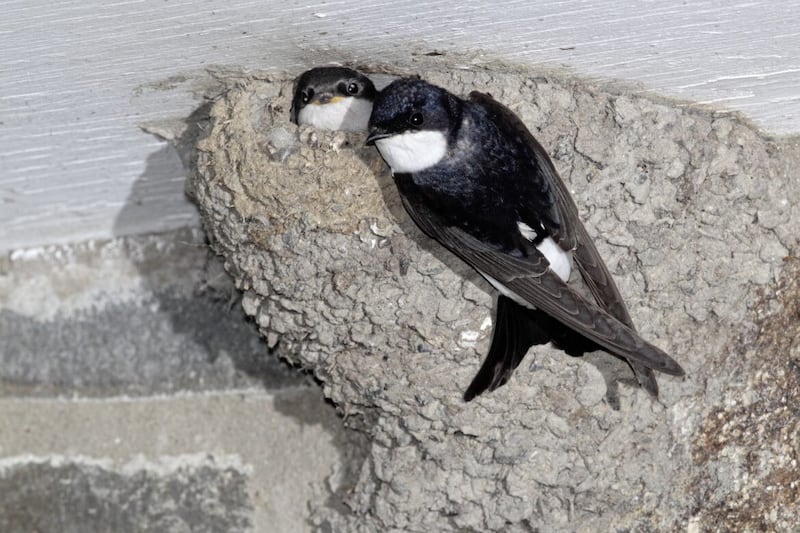OVER the past three years I have regularly mentioned the quickly maturing woodland that I planted just six years ago in a small overgrown field. Nearly all the 200 or so trees were planted bare-root and some have grown from knee-high to 20 or 30 feet.
I sometimes surprise myself at how quickly my forest has matured and how it has taken on a life of its own. As well as the trees themselves it has become a habitat for small mammals and birds nesting in among its branches.
As it matures I hope that larger mammals will also take refuge in it – already I have seen foxes ambling through it at dusk and can only dream of the day when red squirrels will or stoats will take up residence.
It is not just a forest, but an ecosystem that will hopefully become self-generating as the trees I planted produce others in the surrounding landscape.
A couple of people who have read this column have pointed me towards a short novella written 65 years ago by French novelist Jean Giono. The Man Who Planted Trees runs to just over 40 pages, with woodcut illustrations throughout, and can be read in less than an hour, yet it contains a great wisdom and profound insights.
It is like something Hermann Hesse might have written, a simple story that weaves in philosophy and is told in the style of a contemporary parable.
The young narrator, while travelling through a desolate mountain region in the south of France, meets Elzéard Bouffier, a shepherd in his 50s, who lives in a simple cabin with his dog.
Bouffier sorts through acorns, picking out 100 and the next day goes out and plants them in the barren landscape. He tells the narrator that over the past three years he has planted acorns every day and to date has planted more than 100,000, of which he hopes around 10,000 will mature.
When the First World War breaks out it is five years before the narrator returns to the region where he sees it has become transformed as the acorns have grown into saplings.
Bouffier had continued planting, the war and the mass death and destruction that it brought had not impacted on him. He has given up tending sheep and now keeps hundreds of bee hives.
As the years progress, and through another war, he goes about his work unobtrusively, planting oak, beach and birch, but not telling anyone what he is doing, knowing that it would draw attention to himself and inevitably be met with opposition.
“Creation seemed to come about in a sort of chain reaction,” writes Giono. “I saw water running in streams that had been dry since the memory of man.”
The return of water also allows other wildlife to thrive, “willows, rushes, meadow, gardens, flowers and a certain purpose in being alive”.
With the return of nature to what had been a barren landscape come humans, the now millions of trees planted by Bouffier have helped return the region to fertility and made the surrounding land arable once again.
Giono writes: “…one man, armed only with his own physical and moral resources, was able to cause this land of Canaan to spring from this wasteland”.
In many ways The Man Who Planted Trees pre-empted the environmental narrative that is now common. Humans have wrought mass destruction on our planet and this is wiping out habitats and endangering the species that live in them, including our own.
Ireland is still one of the most deforested regions in Europe, but if every person on the island planted one tree this year that would be 6.6 million. If they did that every year, there would me nearly 70 million new trees by 2029, soaking up greenhouse gases and producing oxygen and helping to re-establish our endangered ecosystems.








